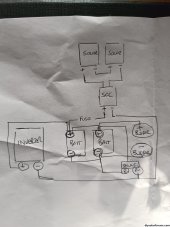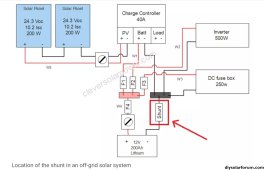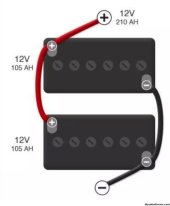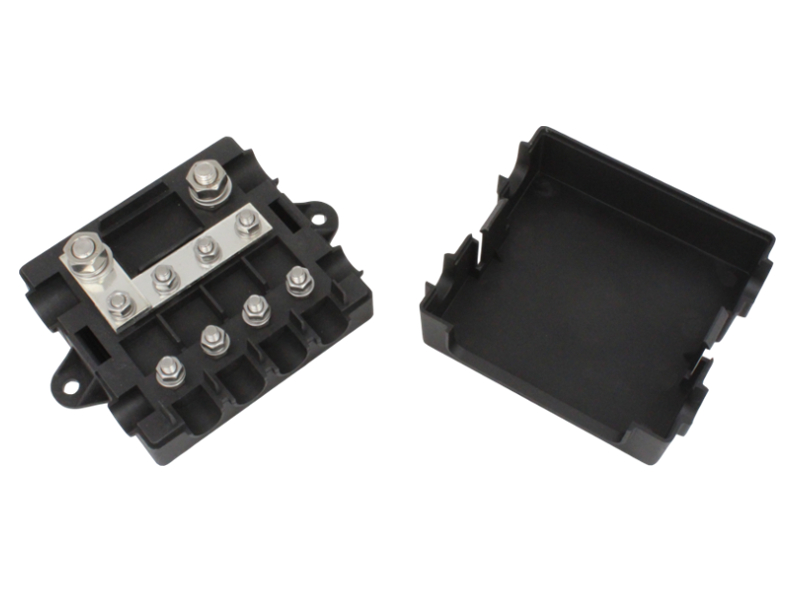markjel
New Member
Afternoon all, am looking for some help with a renogy system.
I have installed 2 x Renogy 175 Watt Solar Panels, 40amp Renogy Solar Charge Controller, 2 x 135ah Sealed Leisure Batteries in paralell, 1 x Renogy 3000 watt inverter, and the renogy battery monitor with the shunt.
Everything is connected and working fine apart from the act that the battery monitor is showing a constant power draw of between 20 and 30 watts, even with everything switched off. I have disconnected everything one lead at a time and the power draw is constantly there unless I disconnect the solar feed. With the feed disconnected, the power draw (bottom right) goes to zero, as soon as its reconnected, it jumps to between 20 and 30 watts and stays there.
I do not understand how or why this is happening, can anyone help guide me towards a solution please?
Thanks,
Mark
I have installed 2 x Renogy 175 Watt Solar Panels, 40amp Renogy Solar Charge Controller, 2 x 135ah Sealed Leisure Batteries in paralell, 1 x Renogy 3000 watt inverter, and the renogy battery monitor with the shunt.
Everything is connected and working fine apart from the act that the battery monitor is showing a constant power draw of between 20 and 30 watts, even with everything switched off. I have disconnected everything one lead at a time and the power draw is constantly there unless I disconnect the solar feed. With the feed disconnected, the power draw (bottom right) goes to zero, as soon as its reconnected, it jumps to between 20 and 30 watts and stays there.
I do not understand how or why this is happening, can anyone help guide me towards a solution please?
Thanks,
Mark






